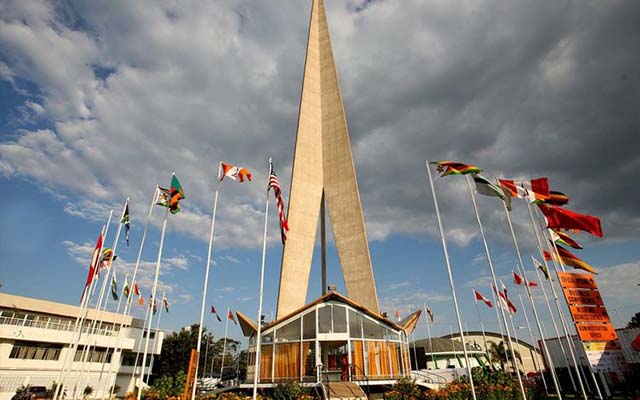Direct procurement method explained
Section 33 of the Public Procurement and Disposal of Public Assets (PPDPA) Act defines direct procurement method as a method of procurement where a procuring entity procures its requirement from one bidder or supplier without having received bids from other bidders. The procurement method should be used only under exceptional circumstances. The method sets aside the rules for ensuring competition amongst suppliers and for this reason it may create a fertile ground for abuse.
Justification for use of the direct procurement method
In order to promote use of competition methods to limit opportunities for abuse in the use of the direct procurement method, Section 33 of the PPDPA Act provides for the pre-conditions that must exist before a procuring entity adopt the method. Consequently, the method may be used where;
No responsive bids have been submitted in response to a competitive bidding procedure, implying that a competitive process would have been undertaken but fails to yield results,
For technical or artistic reasons, or for reasons connected with protection of exclusive rights, the contract can be performed only by a particular supplier and no reasonable alternative or substitute exists, implying limited availability on the market,
For reasons of extreme urgency not attributable to and unforeseen by the procuring entity, the procurement requirement cannot be obtained in time by means of competitive bidding procedures, implying catastrophes like the recent Cyclone Idai in Manicaland and parts of Masvingo
For additional supplies of goods or services by a supplier, where a change of supplier would cause problems of inter-changeability or incompatibility with existing equipment or discontinuity of services, which would cause significant inconvenience or substantial duplication of costs to the procuring entity, the emphasis here is on continuity of existing services,
Where a procuring entity procures a prototype or a first product or service from a research institute which is then developed at its request for a particular procurement contract for research, experiment, study or original development, this is in order to protect intellectual property,
Where additional services which were not included in an initial procurement contract but which were within the objectives of the original bidding documents have, through unforeseen circumstances, become necessary to complete the services described in those documents, provided that the total value of contracts awarded for the additional services shall not exceed 50 percent of the amount of the original contract, the provision encourages proper planning and limits the discretion by officers,
For new services that repeat similar services provided under a procurement contract awarded following the competitive bidding method of procurement, where the procuring entity indicated in the original procurement notice that a direct procurement method might be used in awarding contracts for such new services, the requirement is relevant for services such as insurance where there are bonuses for continued services,
For acquisitions made under exceptionally advantageous conditions from unusual disposals such as legal forfeitures, liquidation, insolvency, judicial sale in execution or other forced sale or disposal, the provision allows procuring entity to take advantage of public auctions,
For the procurement of immovable property as comparison is difficult, the provision takes into account that there is no competition on geography.
For the procurement of spare parts of a proprietary nature.
The use of this procurement method should be preceded by a detailed justification and a rigorous approval process.
The justification should:
Identify the requesting department (end-user)
Describe the requirement
Address why the requirement can only be fulfilled by the identified source
Indicate action taken to identify additional sources
Mention the total cost of the requirement
Specify any planned future actions to preclude the need for procuring from only one source
The procurement general regulations under section 16 further provides that the procuring entity must also specify the period for which the bid is required to remain valid. The procuring entity shall give the bidder a time limit to prepare and submit their bids which will be evaluated for responsiveness.
Where the procuring entity considers the bidder’s price to be excessive or substantially in excess of prevailing market prices, it shall negotiate with the bidder to bring the price down. Direct procurement is therefore one of the methods where negotiation is permitted in public procurement.









Comments